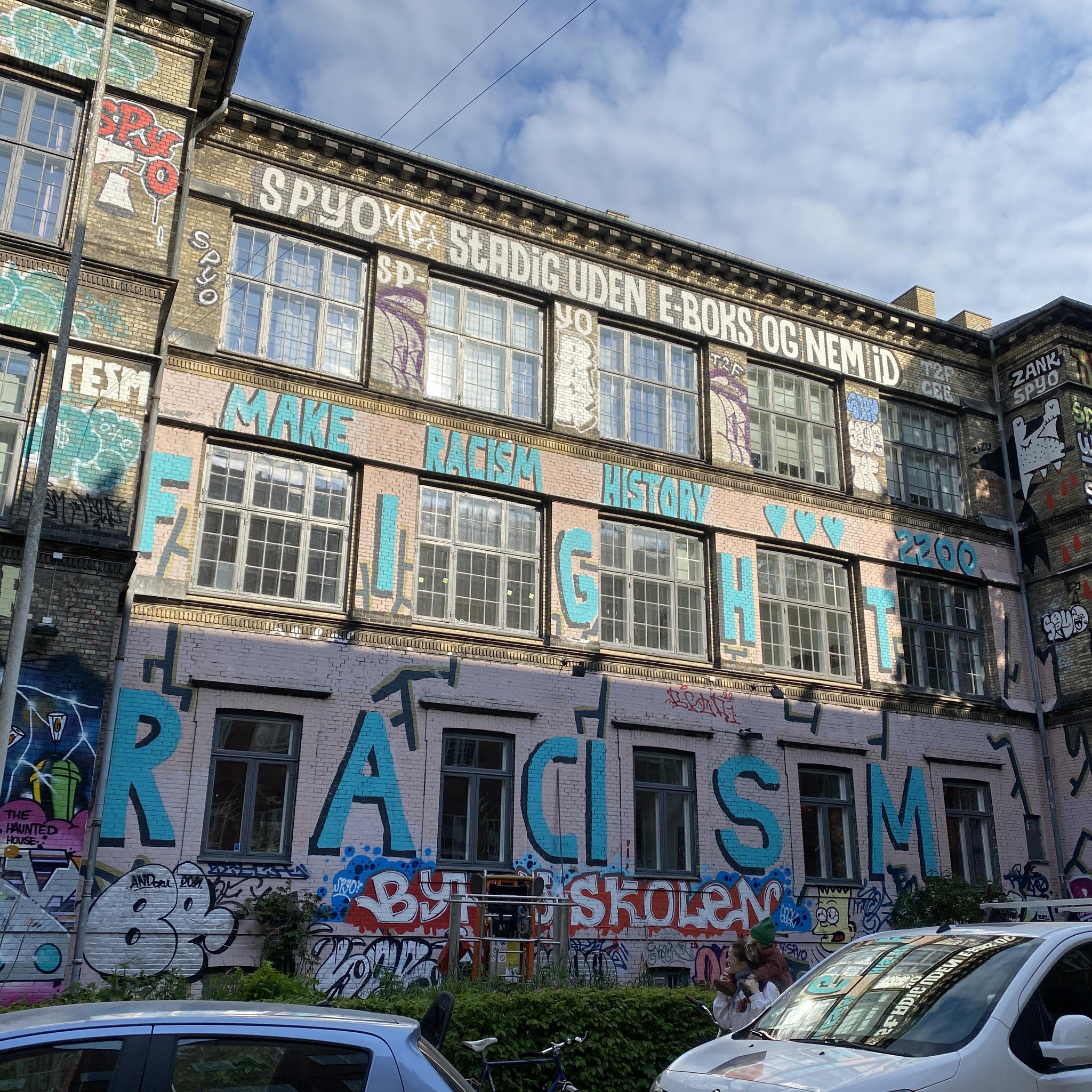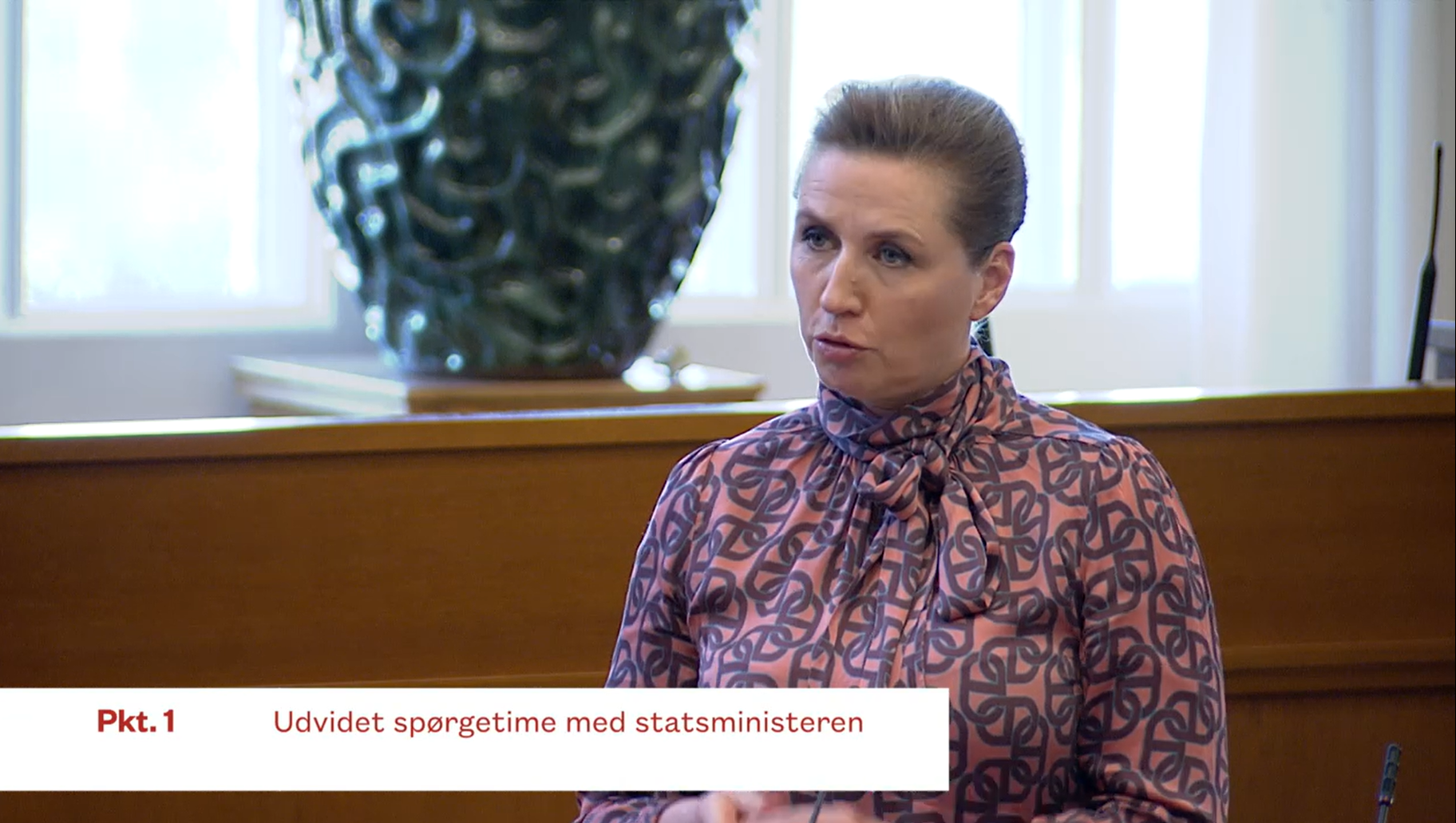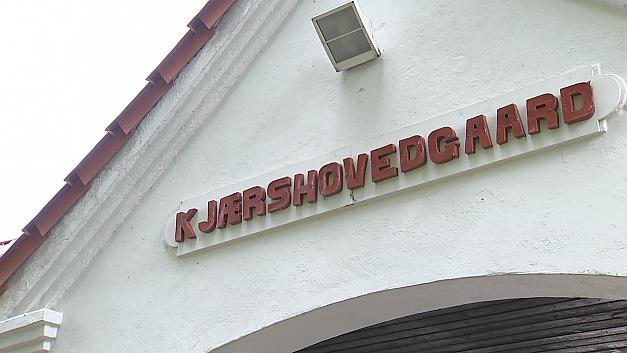Lying in the centre of Denmark, Funen and the 90 islands of the Southern Danish Archipelago are linked by both cultural and commercial bonds.
The region’s larger and well-populated islands Taasinge, Thurø and Langeland are connected to Funen by bridge.
More distant, the island of Ærø is accessible by ferry from several ports; the largest and most picturesque of these is the tall-ship harbour in Svendborg, Funen’s second-largest city.
Three smaller inhabited islands, Drejø, Skarø and Hjortø, can also be reached by ferry from Svendborg.
The island of Funen is between Denmark’s two largest land masses – Jutland to the east and Zealand to the west.
Zealand, home to Copenhagen and a stone’s throw from Sweden, is accessed by the Great Belt Bridge, which totals about 6.8 kilometres in length and has two major components, each meeting on the island of Sprogø.
Formerly an isolated island in the strait separating Funen and Zealand, Sprogø was dramatically enlarged during bridge construction, which was completed in 1998.
Passing motorists will undoubtedly notice the vast number of birds and other animals that make their homes on Sprogø – and the island once also housed unwed mothers and other outcast women.
The state-owned company operating the Great Belt Bridge established seven windmills in waters nearby in 2009; today, they generate enough energy to meet the bridge operations’ power demands.
On its western side, Funen connects to the Jutland peninsula by way of two bridges: the Old Little Belt Bridge, completed in 1935 and allowing limited car and train traffic today; and the New Little Belt Bridge, completed in 1970 and bearing most of the traffic between the two regions.

Funen and its surrounding islands were first inhabited by hunter-gatherers after Denmark’s last Ice Age, around 11,000 BC.
Artefacts that reveal structures, bodies and implements used for survival have been found and excavated under the archipelago seas, with additional evidence showing up during road and farming operations.
Consistently occupied and largely agricultural, Funen is known for its rich soil and good growing conditions; Danes affectionately refer to it as ‘the green island’.
Roadside stands with potatoes and vegetables are common, and fishing villages offer delicious, fresh options for healthy, flavourful eating.
Also due to its agricultural success, the area has many well-heeled manor houses, some of which have been turned into museums, conference centres, parks and hotels that welcome visitors.
The region’s centre has long been the city of Odense, which is centrally located on the island and home to a major port, initially developed in the 19th century.
Also home to the island’s largest hospital and university, it is the birthplace of Hans Christian Andersen.
Carl Nielsen, the country’s best-known classical composer, was born and raised in southern Funen near the town of Faaborg.
Stay
Opportunities abound. Kayakers, bicyclists and hikers can find free or inexpensive camping areas – called ‘primitive’ tenting – by calling local tourist bureaus or using an interactive map (udinaturen.naturstyrelsen.dk).
The map is only in Danish, but click on the box that says ‘overnatning’ to the left, and select the desired area.
The region’s hostels (vandrerhjem) are usually well-suited for budget-minded travellers, including families.
Many hotels are available with lodging by the sea, and castles offer a different kind of overnight experience.
To get closer to local culture, vacation-home rentals, B&Bs and lodging in inns (kroer) can offer more intimate and down-to-earth experiences.
Those who want to stay someplace off the beaten path can get a rental on a working farm (bondegård); families are also welcome to participate.
And Danish campgrounds offer micro-cabins in pleasant park-like settings.
Our pick
To fully experience Funen’s charm, combine a visit to one of the region’s quaint villages or towns with a stay at a pension or B&B.
Be sure to check online sources for customer ratings beforehand.
Do
Outdoor enthusiasts should set their sights on the well-networked Archipelago Trail, which crosses the sea and islands; it allows for healthy outdoor experiences that traverse farms, fishing villages, coastal vistas and historic sites (detsydfynskeoehav.dk).
When the weather is good, seeing the islands by sea is a must. Organised or self-planned bicycle tours with ferry travel are a great way to accomplish this.
Licensed sailors can rent boats online, and those who want to sit back while others take the helm can charter the schooner Fylla or take sail with captain and crew with the Maritime Center in Svendborg; fishing can also be included in these sailing trips.
Be sure to visit local museums and experience Funen Village in Odense. If time permits, the Odense Zoo is recommended.
Our pick
If you have the time, plan outdoor adventures that take advantage of the many opportunities found in the area.
Otherwise, be sure to visit Egeskov Castle, which has something for everyone: well-maintained gardens, a car and plane museum, a labyrinth, tree-top walking, a farming museum, a café and – for an extra fee – access to the castle itself.
Eat
Food in the Funen region generally reflects the typical Danish menu of meat and potatoes, plus wine and dessert.
But fresh seafood and healthy meals can be found with a little planning.
Odense and Svendborg offer the greatest selection, but seaside villages and fresh-food stands should not be overlooked for excellent produce.
For fine dining in charming surroundings, Michelin-rated Falsledkro near Faaborg is recommended.
For a few less kroner, visit Den Gamle Kro in Odense. Both offer accommodations as well as fine dining.
Enjoy high-class meals at Hotel Ærø at the harbour in Svendborg. And if you want a healthy, generous meal among the locals in Svendborg, head over to nearby Jettes Diner.
Also worth visiting in Svendborg – especially if you are heading to the ferry – is Bendixens Fiskehandel, which offers great take-away.
You can enjoy restaurants throughout the island region – just check ahead to make sure they’re open.
Our pick
Falsled Kro – for those who won’t wince at the prices, this place hard to beat.
For reliable, enjoyable healthy meals with outdoor dining, Jettes Diner is the hands-down pick.
Visit
Visit Funen, the third largest of Denmark’s many islands, to see south-central Denmark.
Experience something different as you travel through rolling green hills, stop at roadside fruit, potato and fresh-flower stands, and enjoy the warm and welcoming Southern Danish Archipelago.
With the major city of Odense easily accessible by train, you can head from the train station right to the city centre to visit Hans Christian Andersen’s birthplace.
For shopping or theatre, head out to the nearby Funen Village, where historic buildings have been re-established in a setting truly reminiscent of days gone by.
Bring your family or meet up with friends for a day at Egeskov Castle, situated inland near Svendborg; many other manor houses also grace this most fertile of Danish landscapes.
Travel through villages and along coastland by bicycle. And whatever you do, head south and set sail among the 90-plus islands sprinkled throughout the region’s calm and lovely Baltic waters – here, you’re sure to build memories to last a lifetime!













